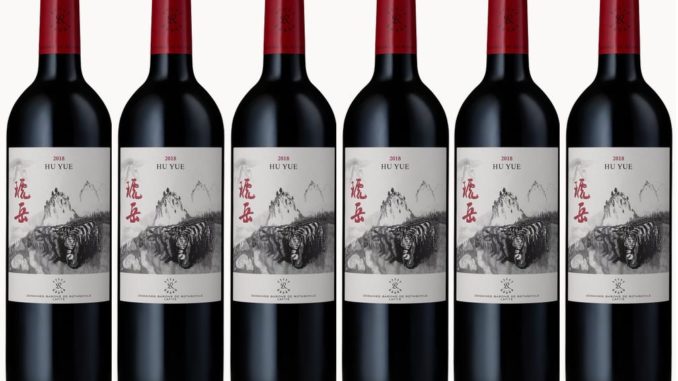
Less than a year after DBR Lafite launched its first made-in-China wine, Longdai, the Bordeaux icon followed up with a second label today at its winery in Shandong province.
Hu Yue (ç¥å²³) — ‘Hu’ refers to a jade tablet prayed to in ancient times for good harvests while ‘Yue’ represents five sacred Chinese mountains — blends “emblematic” Bordeaux varieties Cabernet Sauvignon, Cabernet Franc and Merlot and those often seen further south in France, namely, Syrah and Marselan. The wine, aged 12 months in barrels from Lafite’s Bordeaux cooperage, will be sold on site starting this month and on the winery’s WeChat store.
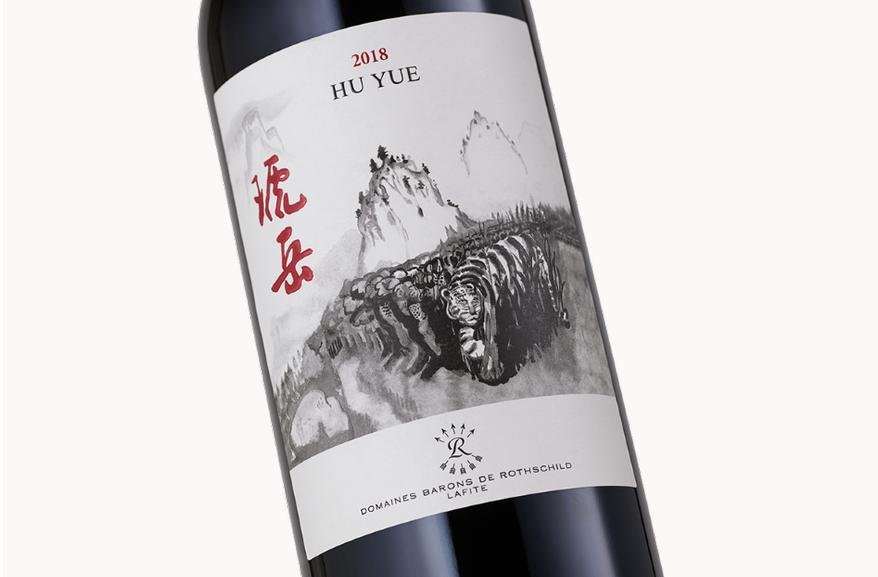
DBR (Lafite) chair Saskia de Rothschild said in a company press release the name includes, “the idea to reveal a sacred alliance between Chinese culture, respect for the elements and nature’s uncontrollable cycle.†She adds the character ‘Hu’ also “recalls the symbol for the tiger, the second sacred animal in China.”
(Sacred tigers, sacred mountains and ancient jade tablets? Sounds like a product placement opportunity in one of those popular Chinese historical TV dramas.)
Technical director Olivier Trégoat said, “The objective was to reveal a deeply aromatic character, full of black fruits with a spicy signature that would differentiate this wine from our Grand Vin.â€
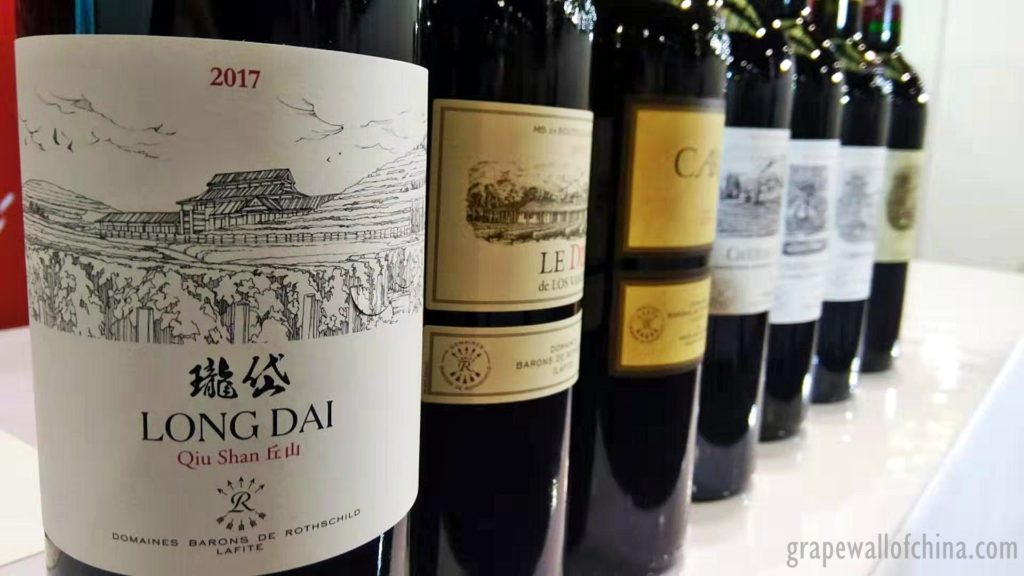
Lafite is the most famous foreign wine brand in China, with a consumer base willing to fork out big bucks and with a steady flow of copycats and fierce competitors trying to leverage the producer’s reputation.
Domaine de Long Dai is 20 km from the Shandong coast. The grapes are sourced from some 400 plots spread over 30 hectares, with production of its inaugural 2017 flagship wine totaling 15,000 bottles of wine matured 18 months in French barrels from Lafite.
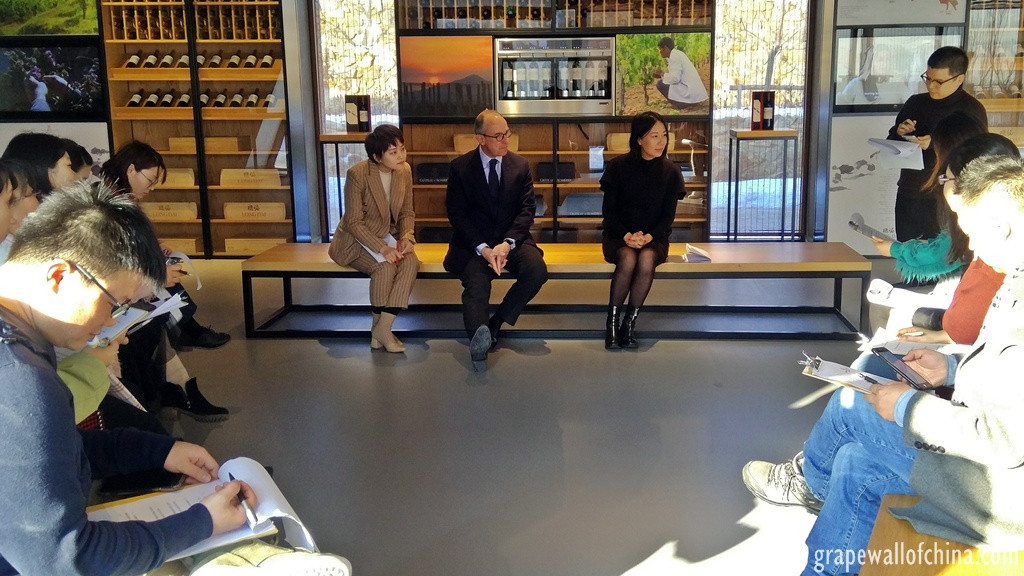
Company CEO Jean-Guillaume Prats told a group of wine writers in Shandong in January that Lafite will increase vineyard coverage at Longdai by 15 hectares.
Lafite put down its Shandong roots just over a decade ago, with Gerard Colin, who made his early China mark at Grace Vineyard in Shanxi, leading the project at the start. At that time, many worried the province had very limited potential due to a monsoonal climate but Colin argued proper drainage and delayed harvest, giving the grapes a post-monsoon dry spell, would be a game-changer, and we certainly see better and better wine, including at Longdai’s neighbor Treaty Port.
For a take on Lafite’s Longdai wine, see my post from December.
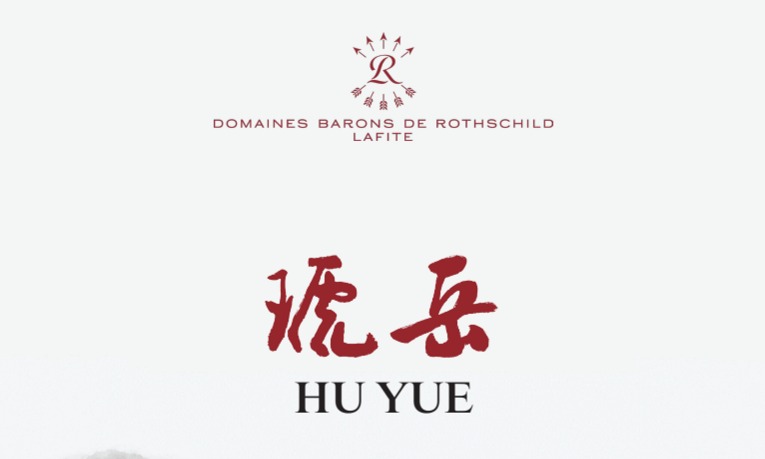
Sign up for the Grape Wall newsletter here. Follow Grape Wall on LinkedIn, Instagram, Facebook and Twitter. And see my sibling sites World Marselan Day, World Baijiu Day and Beijing Boyce. Grape Wall has no advertisers, so if you find the content useful, please help cover the costs via PayPal, WeChat or Alipay. Contact Grape Wall via grapewallofchina (at) gmail.com.
Leave a Reply
You must be logged in to post a comment.